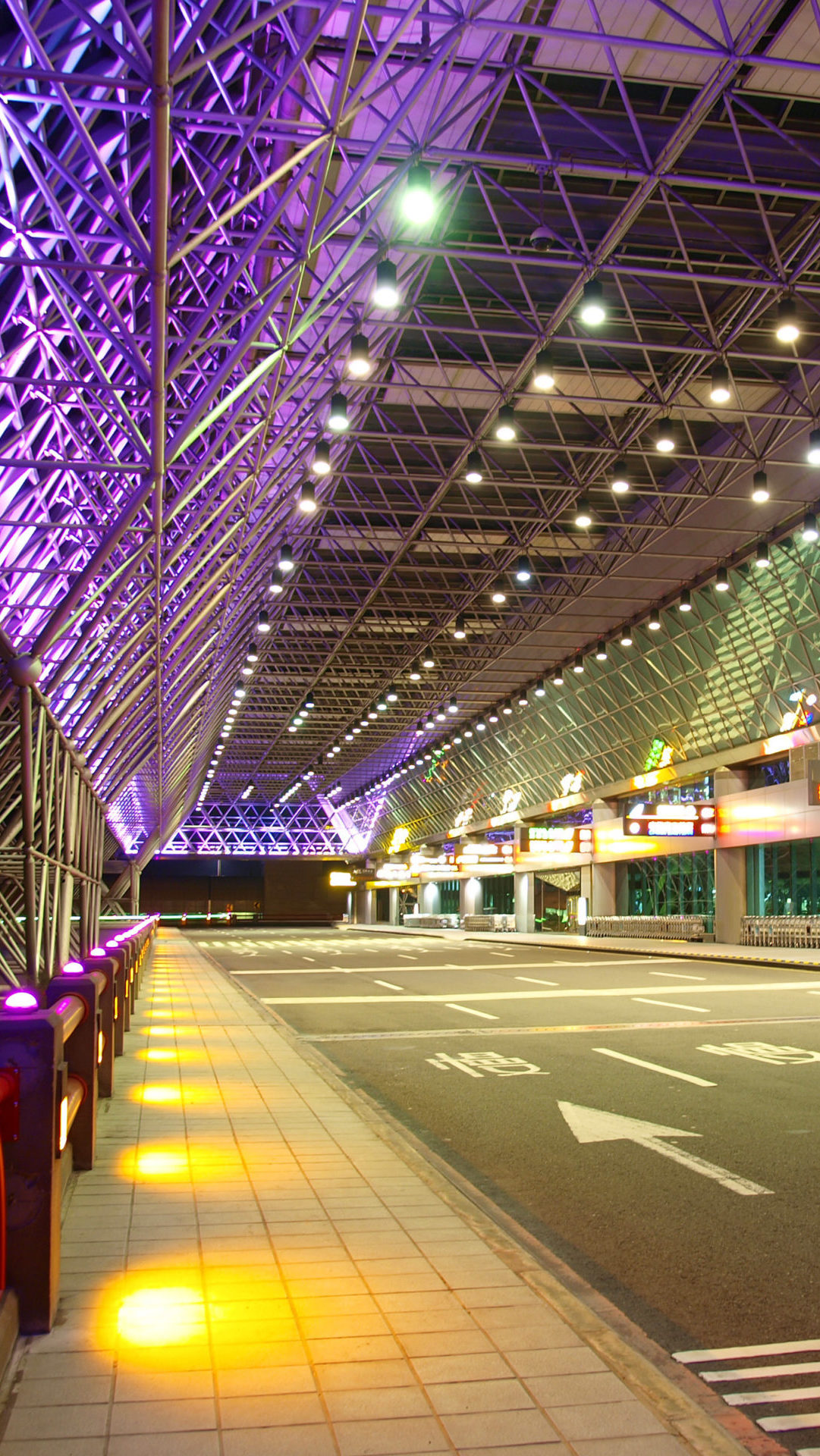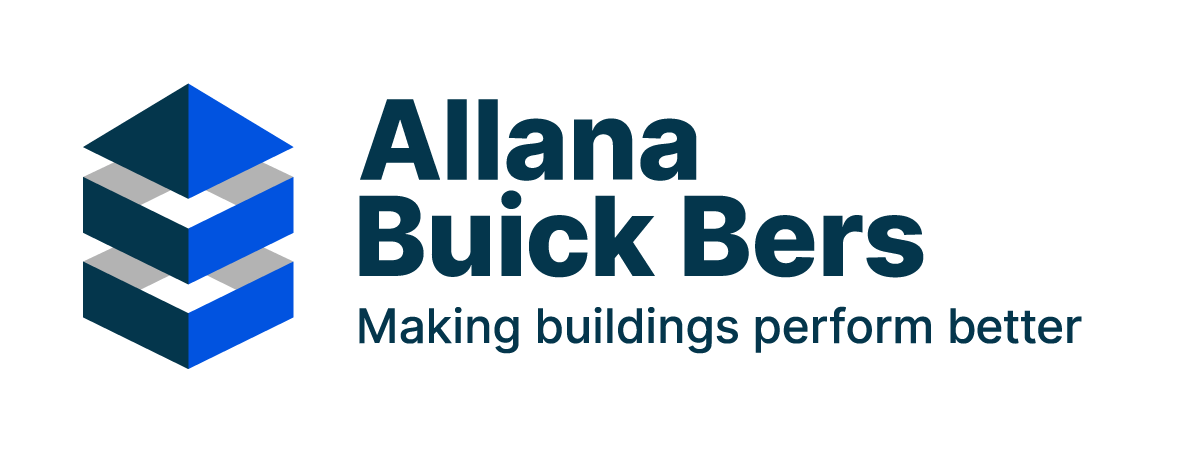
What Is COVID-19?
The World Health Organization (WHO) states that coronavirus (COVID-19) was first detected in December, 2019. It has rapidly spread around the world. Symptoms range from those of a common cold to more severe respiratory health issues. An infected person spreads the coronavirus primarily through respiratory droplets. Covering your mouth when you cough or sneeze is the first step to control the spread. However, residual contaminants can travel through the air and into your HVAC system.
How do HVAC systems combat the spread of COVID-19?
The HVAC system’s primary role in combating COVID-19 is to provide clean outdoor air into the building. When blended with filtered recirculated air, the system is very effective at diluting airborne contaminants inside the building, thus reducing the risk of direct exposure.
The US Environmental Protection Agency (EPA) ranks indoor air quality as one of the top five environmental risks to the public’s health. COVID-19 could transmit through the air by attaching to particles, or the smaller nuclei could suspend in the air. Suspended particles in the air can travel farther distances that the CDC’s recommended 6-feet “safe-zone.”
The CDC states the virus may remain viable for hours to days outside the host. As stated, the HVAC system can provide clean air into the space and remove contaminated air from the space to combat the spread of COVID-19. The indoor air environment requires good air dilution with outside air and high room air changes, and filtration or ultra-violet (UV) treatment to further reduce the risk of community spread.
What should I look for when inspecting my building’s HVAC system?
- Verify air handler outside air dampers are open and economizers are functional. Minimum damper positions should be 20% or higher.
- Verify system balancing dampers are open for outside air and exhaust. Adjust dampers closest to fan if necessary to achieve airflow farther out in system (or at lower floors).
- Verify fire and/or smoke dampers are open (open during normal operation).
- Run HVAC fans continuously at design speed to maintain high air changes. Do not over speed fan due to risk of duct failure.
- Verify exhaust fans are functional.
- Inspect and replace dirty air filters. Install MERV 8 or better filters.
- Check return and exhaust grilles for cleanliness. Remove any dust or debris buildup.
Can HVAC Filters Capture COVID-19?
Filtration is specific to each select group of containments. Filtration systems may capture particles containing the COVID-19 virus, or the virus itself by interacting with the filter media. COVID-19 is approximately 0.1 micron. Even the best HEPA filters (MERV 17-20) only capture 0.3 micron at 99%, so full capture is not possible. However, increasing the filter efficiency will be beneficial, especially when upgrading from standard fiberglass filters. The standard filter should be no less than MERV 8.
What type of filters should I install in my HVAC system?
Most commercial HVAC systems are not designed with the fan power to accept high efficiency filters. Increasing existing filter efficiency to MERV 13 provides the best filtration with the least air flow penalty risk. MERV 13 is also an increasingly common filter that is widely available. Adding higher efficiency filters will reduce airflow, however filter selection will be limited based on the available fan capacity, filter size, and frame acceptance. Reduced airflow negates the benefit of air dilution, which is the HVAC system’s primary role in combating COVID-19.
While HEPA filters may seem like a viable option for COVID-19 prevention, they are not a recommended solution. HEPA filters will significantly reduce airflow in most standard HVAC system and will clog more easily. If act, HEPA filters are not recommended or necessary on standard commercial units.
When replacing filters, remember that filters could be contaminated. There must be a procedure for handling change outs. Enforce procedures to clean the unit using aerosol or other agent to sanitize coils, filter, fan, etc. (anything in the air stream).
Can I add equipment to my existing HVAC system to protect against COVID-19?
Buildings like hospitals, commercial buildings, and industrial facilities use various technologies to maintain indoor air quality. The following list of equipment is designed to improve indoor air quality, but may not be applicable to all systems.
- UV-C (Germicidal Ultraviolet) lamps attack biological contaminants, such as bacteria and viruses, mold spores, and mildew.
- In-duct air purifiers capable of eliminating dust, dander, and pollen.
- High efficiency air filtration systems that trap dust, pollen, bacteria, and other pollutants.
- Humidifiers and dehumidifiers to properly control indoor relative humidity between 40-60%
- Energy recovery ventilators (ERVs) that exhaust the stale indoor air and bring in fresh, preconditioned air from the outdoors.
What are the best ways to reduce the spread of COVID-19?
HVAC systems maintain a healthy air quality, but cannot prevent anyone from getting infected. The Coronavirus can survive days on a surface. Good hygiene also plays a critical role in your health. The World Health Organization (WHO) recommends that you:
- Regularly and thoroughly clean your hands with an alcohol-based hand rub or wash them with soap and water.
- Maintain at least 1-meter (3 feet) distance between yourself and anyone who is coughing or sneezing.
- Avoid touching eyes, nose and mouth.
- Practice respiratory hygiene.
- If you have fever, cough and difficulty breathing, seek medical care early.
- Stay informed and follow advice given by your healthcare provider.
